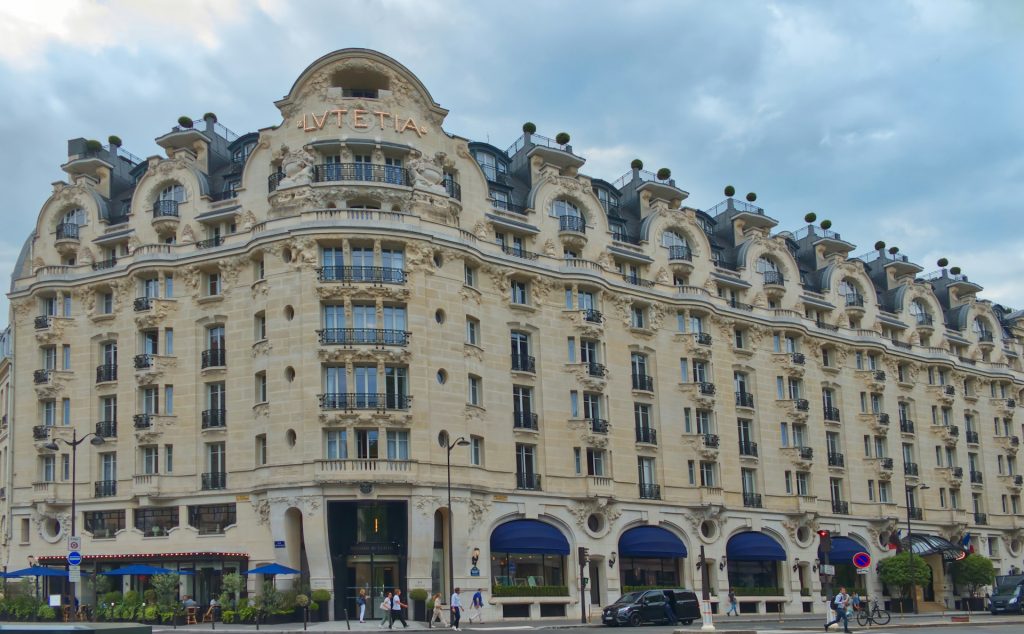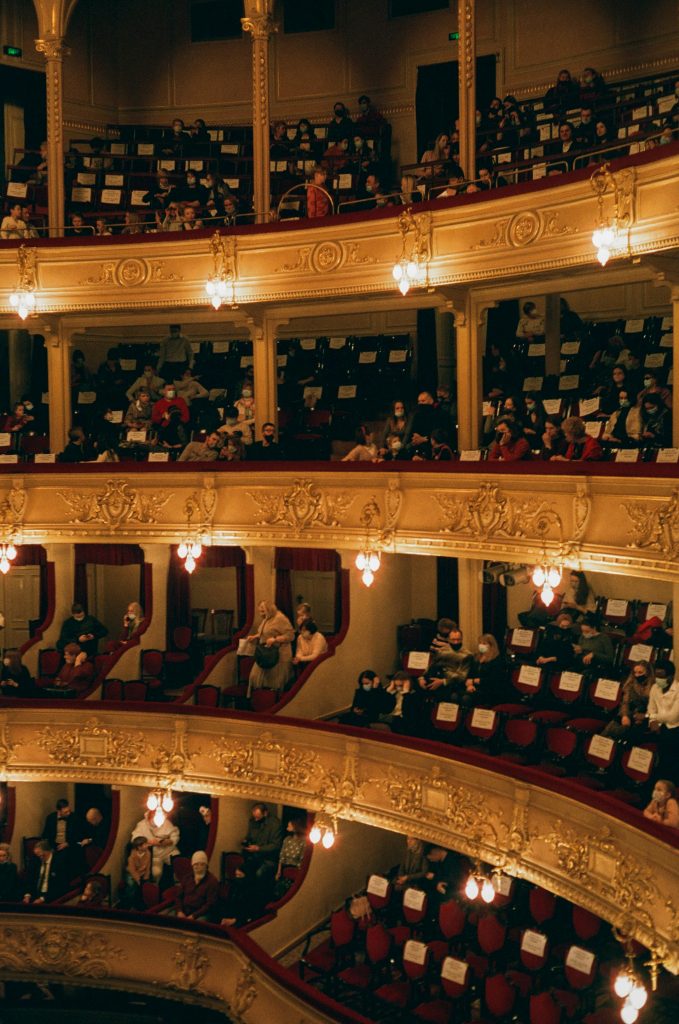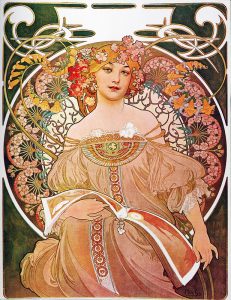Art Deco, an architectural and design style that emerged in the early 20th century, is renowned for its emphasis on glamour, luxury, and exuberant detailing. Originating in France before spreading across Europe and beyond, it represented a break from traditional architectural forms, embracing modernity and technological advancements. This article explores some of the most iconic buildings in Europe, celebrating their unique characteristics and historical significance.
The Origins of Art Deco
The term “Art Deco,” short for “Arts Décoratifs,” comes from the Exposition Internationale des Arts Décoratifs et Industriels Modernes held in Paris in 1925. The style is characterized by geometric shapes, bold colors, and lavish ornamentation, often incorporating materials such as chrome, glass, and polished stone. Influenced by various artistic movements, including Cubism and Futurism, it sought to convey a sense of sophistication and progress.
Paris: The Cradle of Art Deco
Paris, the birthplace of the movement, is home to numerous exemplary buildings that capture the essence of the style. The Palais de Chaillot, constructed for the 1937 Exposition Internationale, is a standout example. Designed by architects Louis-Hippolyte Boileau, Jacques Carlu, and Léon Azéma, the building features sweeping curves, grand staircases, and ornate sculptures, epitomizing the grandeur associated with this design trend.

Source: https://unsplash.com/photos/a-large-building-with-many-windows-on-the-top-of-it-OY8e4Qnu6TY
Another Parisian landmark, the Théâtre des Champs-Élysées, designed by Auguste Perret, showcases the movement’s affinity for modern materials and structural innovation. Its reinforced concrete structure and elegant, streamlined façade exemplify the blend of functionality and beauty that defines the style.
London: Art Deco in the Capital
London’s architectural landscape boasts several notable Art Deco buildings, reflecting the city’s embrace of the style during the interwar period. The Daily Express Building on Fleet Street, designed by Ellis and Clark, is a striking example. Its black glass façade, adorned with chrome detailing and bold geometric patterns, exudes a sense of futuristic elegance that was groundbreaking at the time of its completion in 1932.
The Hoover Building in West London, designed by Wallis, Gilbert and Partners, is another iconic structure. Completed in 1933, it features vibrant colors, stylized motifs, and an imposing central tower, making it one of the most visually captivating examples of Art Deco in the city. Today, it stands as a testament to the enduring appeal of the style.
Amsterdam: A Unique Interpretation
Amsterdam offers a unique take on the style through the Amsterdam School, a local architectural movement that blended traditional Dutch elements with these modern principles. The Scheepvaarthuis, or Shipping House, designed by Johan van der Mey, Michel de Klerk, and Piet Kramer, is a prime example. Completed in 1916, its elaborate brickwork, decorative sculptures, and maritime motifs reflect both the city’s seafaring heritage and the exuberance of this distinctive style.
Another notable building in Amsterdam is the Tuschinski Theater, designed by Hijman Louis de Jong. Opened in 1921, this cinema combines the movement’s features with elements of Art Nouveau and Amsterdam School architecture. Its lavish interior, with intricate detailing and vibrant color schemes, creates a captivating atmosphere that transports visitors to a bygone era of opulence and glamour.
Prague: Art Deco in the Heart of Europe
Prague, a city known for its architectural diversity, boasts several remarkable structures from this period. The Hotel Imperial, designed by Jaroslav Benedikt and completed in 1935, is a prime example. Its richly decorated façade and luxurious interior, featuring ornate mosaics and elegant furnishings, reflect the sophistication and attention to detail characteristic of this era.

Source: https://unsplash.com/photos/people-sitting-on-chairs-inside-building-lpwhDgYb5fg
The Palác Adria, designed by Pavel Janák and Josef Zasche, is another significant building in Prague. Completed in 1925, it combines traditional Czech architectural elements with bold geometric forms and decorative motifs. Its striking façade and grand entrance make it a prominent feature of the city’s urban landscape.
Conclusion
Art Deco architecture in Europe represents a celebration of modernity, elegance, and innovation. From the sweeping curves and lavish detailing of Parisian landmarks to the futuristic façades of London and the unique interpretations in Amsterdam and Prague, Art Deco buildings across the continent showcase the versatility and enduring appeal of the style. These structures not only serve as architectural masterpieces but also as cultural icons, reflecting the optimism and dynamism of an era that sought to blend art, design, and industry in a harmonious and visually captivating manner. As we continue to admire and preserve these buildings, we celebrate the rich legacy of Art Deco and its profound impact on the architectural landscape of Europe.




